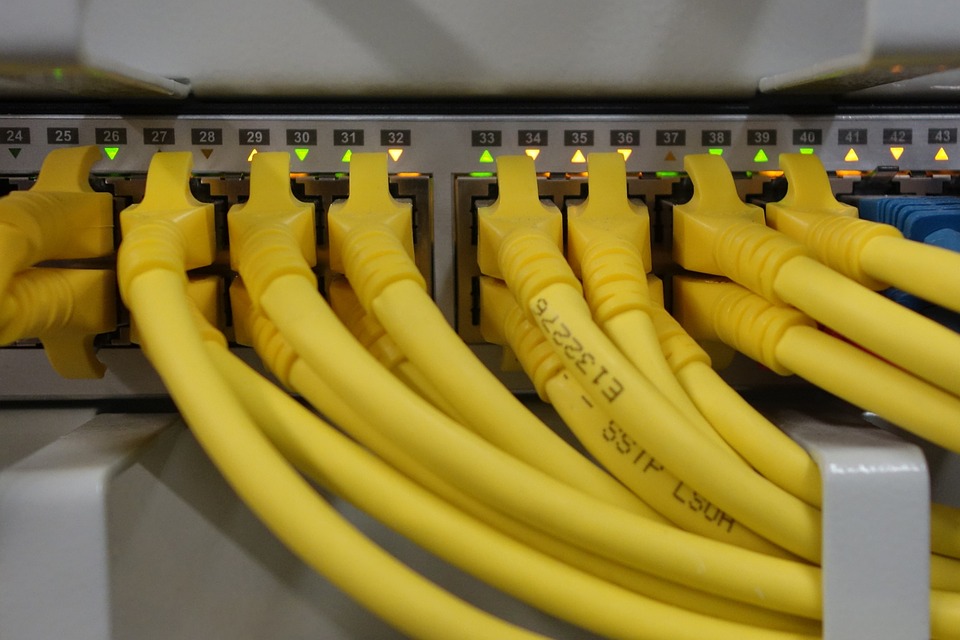Today’s network management is more complex and more risk-prone than ever before. Modern mobile devices, laptops, and even static hardware such as printers accessing local access networks each create their own demand, present outside access points, and pose risks.
For high-security (or even the security conscious) organizations, these risks are not only costly but also difficult to avoid. While organizations have traditionally used LAN and solutions like SDN to reduce risks, it’s no longer enough.
For organizations outsourcing networking or IT services to a managed services provider (MPS), SD LAN is a viable and often affordable alternative.
SD LAN, an emerging network technology, offers additional security by building on the potential of SDN and SD-WAN. And, many MSP now offer it as a standard service.
If you’re looking to upgrade or improve your networking, it’s a viable option. But should you choose it over a standard LAN? Technically that depends on your organization and its needs.
What is SD-LAN?
SD LAN or Software-Defined Local Access Network utilizes cloud management to offer wireless access to create policy-driven architecture. It builds on ideas of SDN and SD-WAN.
SDN – SDN or Software-Defined Networking is an architecture decoupling network control and forwarding, creating a directly programmable network control. The advantage is that network administrators can quickly shape traffic, services, and processes from a central (cloud) environment using automation and virtual networks. With no need to access a specific device or server, it’s faster, more efficient, and enables organizations to operate much more quickly.
SD-WAN – SD WAN or Software-Defined Wide-Area-Network separates control and data planes to add elements of control to a WAN. So, SD-WAN allow central management, dynamic bandwidth sharing across connection points, aggregation, and ease of deployment. Gartner suggests it’s as much as 75% cheaper to operate SD-WAN than traditional WAN because it’s faster and smarter.
So, what is SD-LAN?
SD-LAN is something of a combination of these two technologies, bringing the power of software-defined networking to local access networks. It avoids issues like a focus on protocol and staff and access layer issues found in SDN, giving network managers more control of specific items.
SD-LAN offers central management, access management, dynamic bandwidth sharing, flexibility, adaptability, and scalability.
Central management means network managers can quickly shape traffic, scale servers, and faster to integrate. SD-LAN achieves this by decoupling hardware and software layers, allowing external and independent updates and management.
This offers several very immediate advantages.
Benefits of SD-LAN
Priority-driven network behavior automation
SD-LANs use priorities to automatically refocus network resources to meet organizational needs in real-time. These needs may be driven by app priorities or user load, but are driven programmatically to reduce total demand on IT.
Secure access management
SD-LAN stands out over SDN in that it affects edge LAN to enable user access management. Most importantly SD-LAN supports fine-grained control over access management, with controls for single or collections of users.
Here, individual context-based policies can grant access based on user, device, application, location, bandwidth, or even time of day. This enables IT to micromanage networks and security for full-time users as well as guests and external workers.
It also enables security to manage the additional risks posed by mobile and Internet of Things devices, because you can limit access by device as well as by user. It’s also possible to enable specific devices while excluding others, preventing BYOD issues and risks.
Automation
Automation and programmatic allow you to self-optimize, self-organize, and self-heal access points and switches across the network with dynamic control protocols. These allow optimized speed, better network health, and easier scaling to meet needs.
For example, device coverage and capacity will intelligently adapt across connection technologies to meet device load and needs. Most also offer open APIs and programmable interfaces, so network management can utilize big-data to gain insights from users and data and program the network to respond to app and device requirements.
Centralized Management
SD-LANs separate devices from control, allowing cloud-based network management. This reduces hardware dependency, resulting in smoother introduction of new access points and hardware switches, seamless remote updates, and the ability to instantly update policy changes across all hardware on the network. This greatly simplifies the complexity and therefore reduces the cost of network operations, despite the added complexity of the base technology.
Do You Need SD-LAN?
SD LAN logically adds a great deal in terms of security, flexibility, and scalability to network management, but do you need it?
For most organizations, the answer is “no,” but it may be nice to have.
For organizations with changing network needs, heavy or complex network loads, or high security needs, the answer is most often “yes.”
Here, it’s important to review the cost and complexity of installing and managing SD-LAN when weighing benefits.
For example, if you were setting it up yourself, the cost and complexity of doing so and establishing a cloud network would not likely pay off. If you’re outsourcing IT services to a cloud SAAS network solution, integrating and installing SD-LAN would be simple, cost-efficient, and likely cost-saving over using standard LAN.
However, organizations with very simple networks and those with minimal device load likely won’t see many benefits from the upgrade.
SD-LAN will likely eventually become the standard for LAN networks, especially as more services continue to move to the cloud. For now, it’s an optional service offering efficiency, automation, increased device security, enhanced user access control, and data management.
With cloud access, your organization can update and manage network policies in almost real-time, without changing protocol on hardware. This can be extremely cost-saving, but it might also be completely irrelevant depending on your organization, its network needs, and goals.




